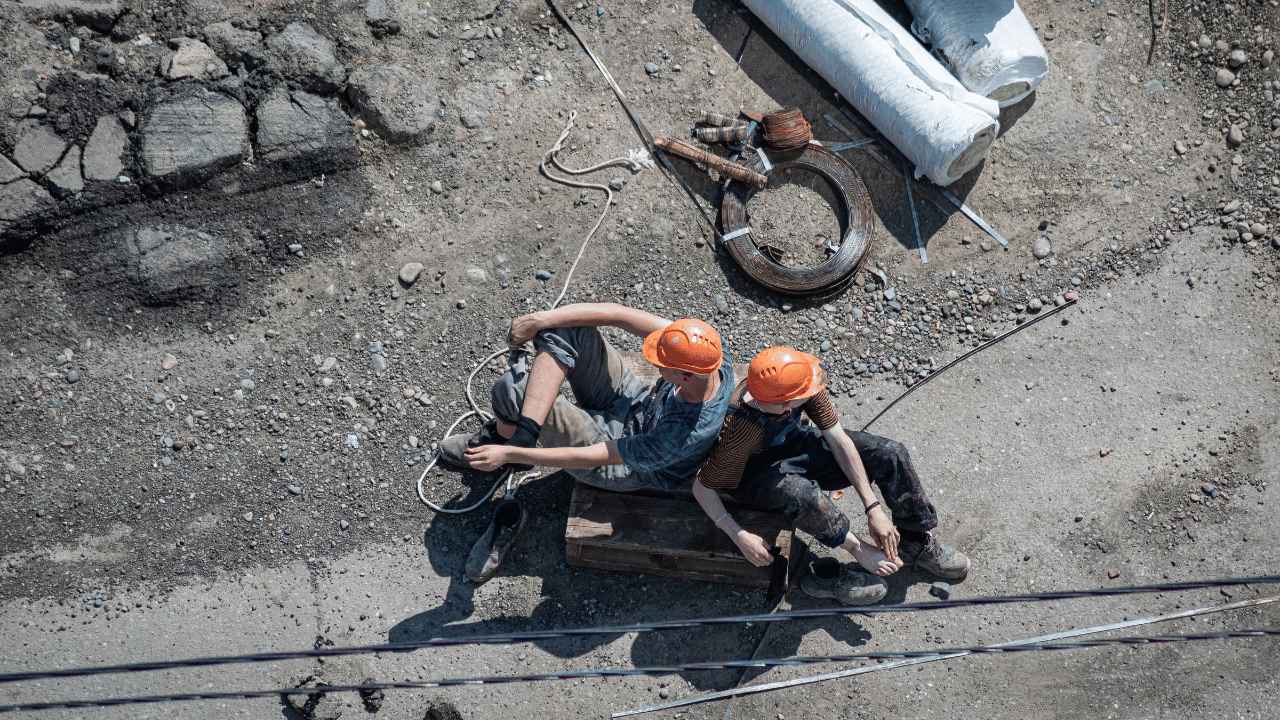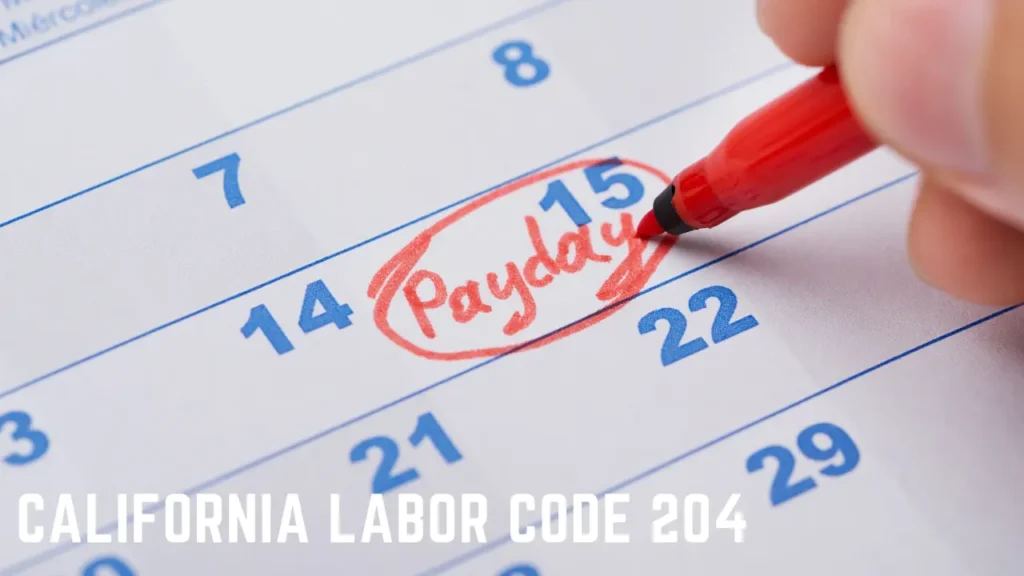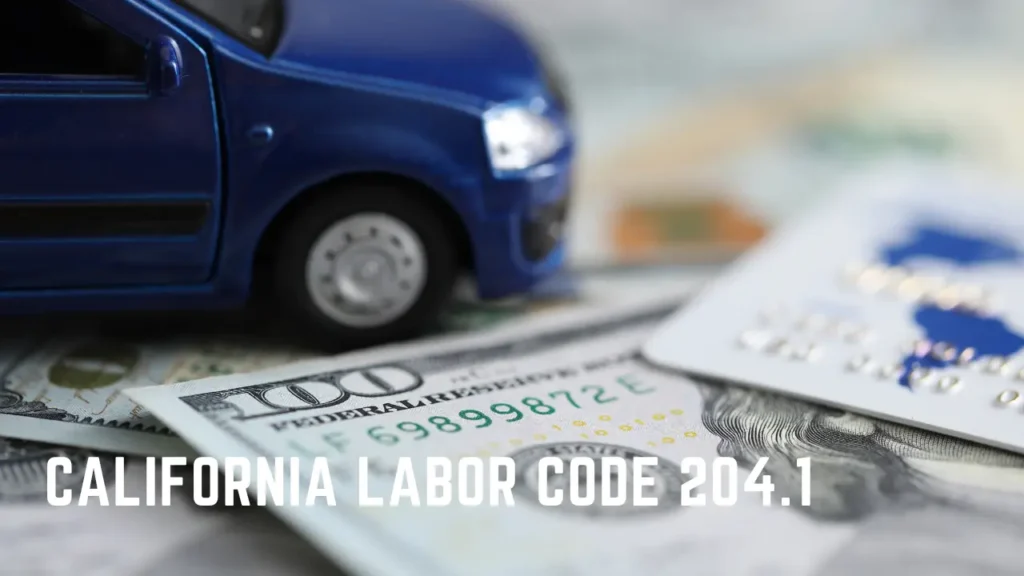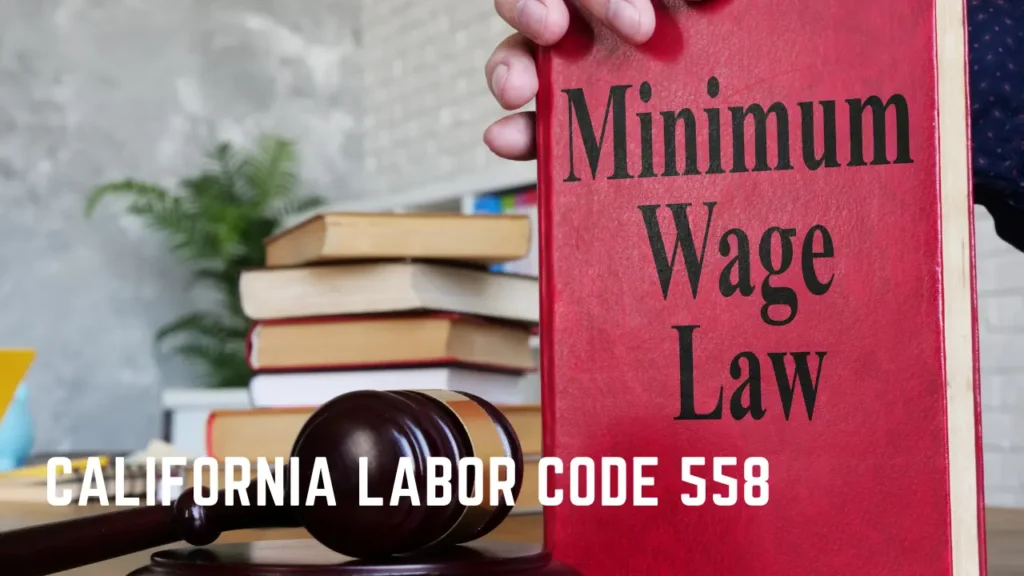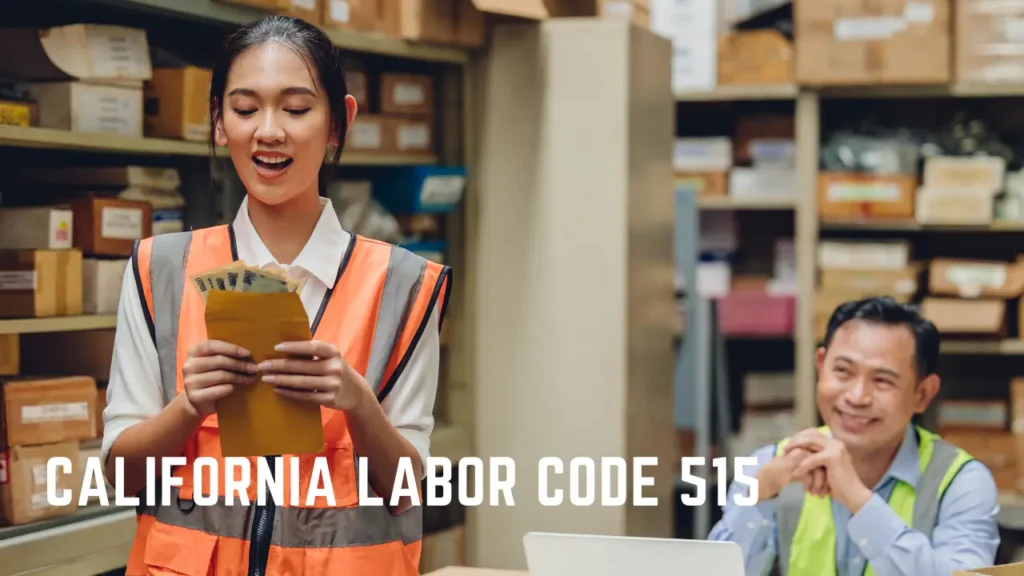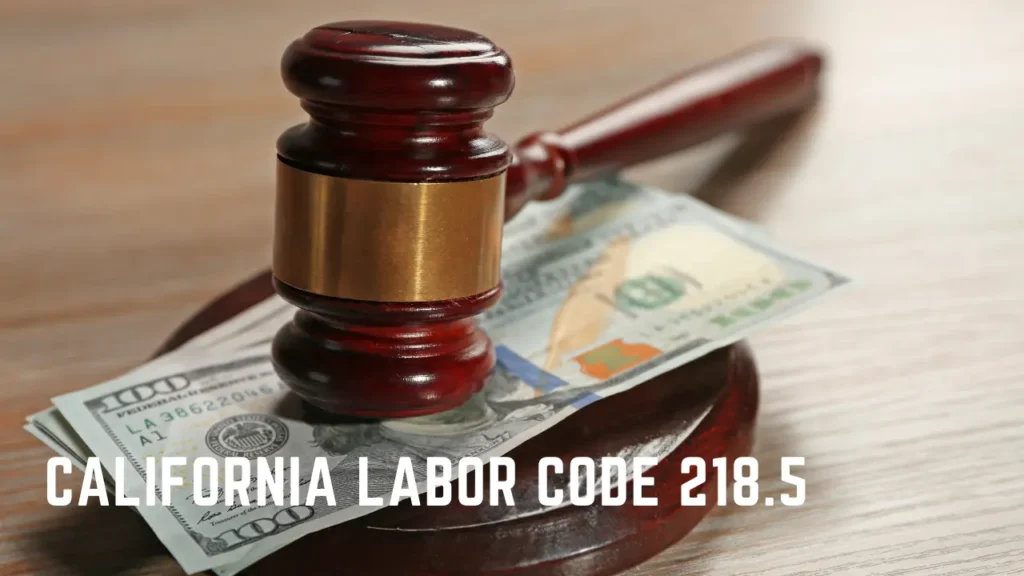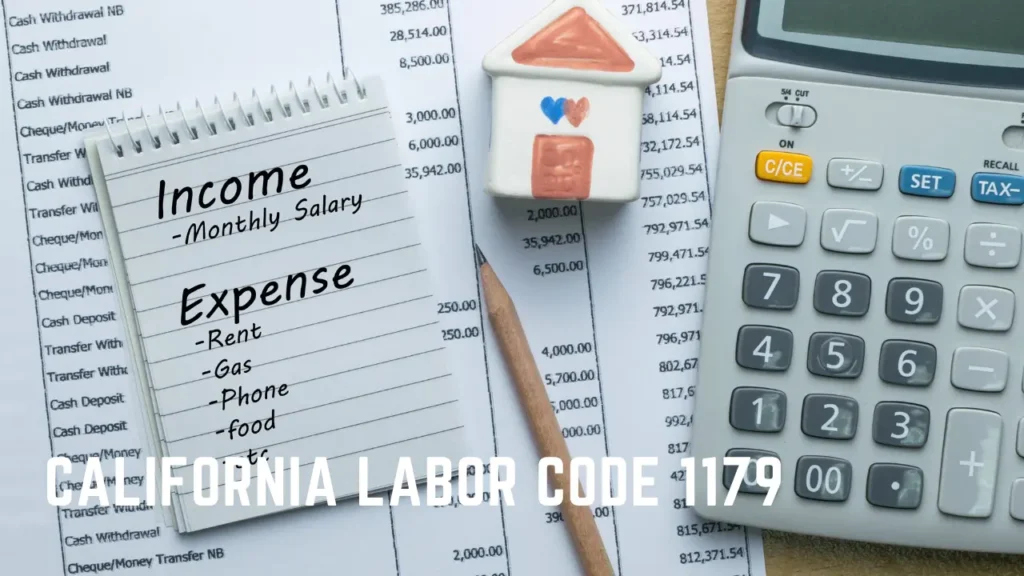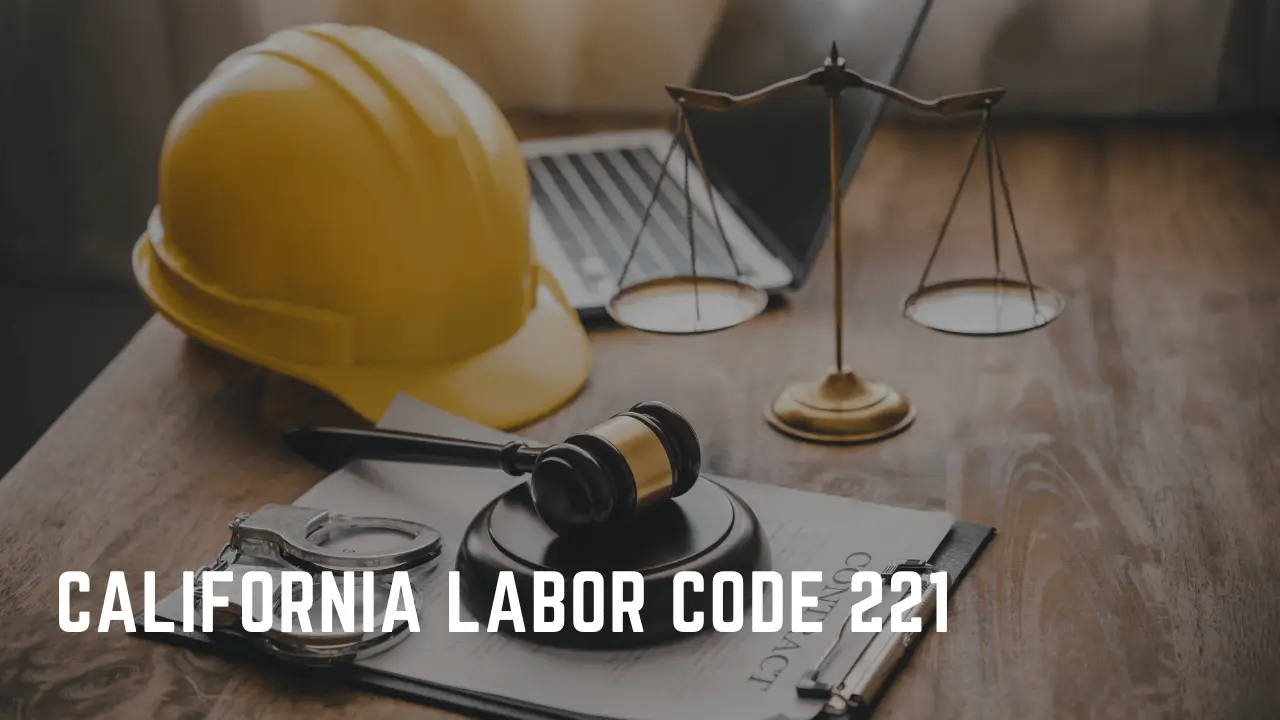Table of Contents
ToggleAre you tired of worrying about slip-and-fall accidents at construction sites? Look no further! This article will provide you with valuable tips and strategies to prevent such accidents.
By understanding the common causes, implementing proper training and protocols, maintaining a clean work environment, choosing the right personal protective equipment, and conducting regular inspections, you can ensure the safety of construction site walkways and staircases.
Stay proactive and protect yourself from slips and falls on the job!
Understanding the Risks: Common Causes of Slip and Fall Accidents on Construction Sites
Understanding the risks and common causes of slip and fall accidents on construction sites is crucial. When you are on a construction site, you need to be aware of the potential hazards that could lead to a slip and fall. Uneven surfaces, such as loose gravel or wet floors, can easily cause you to lose your balance. Additionally, cluttered work areas or debris left on walkways can increase the risk of tripping and falling.
It is important to pay attention to your surroundings and avoid distractions that could prevent you from seeing potential hazards. Wearing appropriate footwear with good traction can also help prevent slips and falls.
Safety First: Implementing Proper Training and Protocols to Prevent Accidents
Make sure you prioritize safety by implementing proper training and protocols to prevent accidents on construction sites. By providing comprehensive and ongoing training to all workers, you can ensure that they are equipped with the necessary skills and knowledge to perform their tasks safely.
This includes educating them on hazard identification, proper use of equipment, and the importance of following safety guidelines. Additionally, establishing clear protocols and procedures for various tasks can help minimize the risk of accidents. These protocols should include regular inspections, maintenance of equipment, and proper handling and disposal of materials.
It is also crucial to encourage open communication among workers, allowing them to report any potential hazards or near misses. By taking these proactive measures, you can create a safer working environment and prevent accidents on construction sites.
Maintaining a Clean and Organized Work Environment: Best Practices for Construction Site Housekeeping
To maintain a clean and organized work environment on the construction site, you should regularly clean up debris, store materials properly, and keep walkways clear to prevent any potential hazards.
By regularly cleaning up debris, such as loose nails, wood scraps, or tools, you can minimize the risk of accidents.
Store materials properly by stacking them neatly and securing them with straps or ropes to prevent them from falling and causing injuries.
Additionally, keeping walkways clear of obstacles, such as tools or equipment, ensures that workers can move around safely.
Implementing these practices not only helps maintain a clean and organized site, but also reduces the chances of slip and fall accidents.
Choosing the Right Personal Protective Equipment (PPE): Minimizing the Risk of Slips and Falls
By wearing the appropriate PPE, you can greatly reduce the chances of experiencing slips and falls on the construction site.
One essential piece of PPE is footwear with slip-resistant soles. These shoes provide better traction on slippery surfaces, helping you maintain your balance and stability.
Additionally, wearing a hard hat can protect your head from falling objects and potential injuries.
It is also important to wear high-visibility clothing, such as reflective vests, to ensure that you are easily seen by others on the site.
Another crucial PPE is safety harnesses, especially when working at heights. They secure you to a stable structure and prevent you from falling.
Regular Inspections and Maintenance: Ensuring the Safety of Construction Site Walkways and Staircases
Regular inspections and maintenance are crucial for ensuring the safety of walkways and staircases on the construction site. Be sure to report any damages or hazards you notice to the appropriate personnel. By conducting regular inspections, potential risks and hazards can be identified and addressed promptly, reducing the chances of slip and fall accidents.
Inspect the walkways and staircases for any signs of wear and tear, such as loose handrails, uneven surfaces, or broken steps. If you come across any damages or hazards, report them immediately to your supervisor or the designated safety officer. Quick action can prevent accidents and protect the well-being of everyone on the construction site.
Frequently Asked Questions
How Can Construction Workers Protect Themselves From Slip and Fall Accidents While Working on Scaffolding?
To protect yourself from slip and fall accidents while working on scaffolding, there are a few important steps to follow. First, make sure to wear non-slip footwear. This will provide you with better traction and reduce the risk of slipping. Second, it is crucial to maintain a clean and clutter-free work area. Remove any debris or obstacles that could cause you to trip or lose your balance. Lastly, always use fall protection equipment such as harnesses and guardrails. These safety measures are designed to prevent falls and should be used at all times when working at heights.
Are There Any Specific Regulations or Guidelines for Construction Site Housekeeping That Contractors Need to Follow?
Yes, there are specific regulations and guidelines for construction site housekeeping that you, as a contractor, need to follow. These rules help prevent accidents and ensure a safe working environment for everyone.
What Are the Most Effective Methods for Training New Construction Workers on Slip and Fall Prevention?
To effectively train new construction workers on slip and fall prevention, it is important to focus on three key areas: proper equipment usage, hazard identification, and safe work practices.
Regular safety meetings should be held to discuss the importance of slip and fall prevention and to reinforce the necessary practices. These meetings provide an opportunity to educate workers on the correct use of safety equipment such as harnesses, ladders, and scaffolding.
In addition to safety meetings, hands-on demonstrations should be conducted to show workers how to identify potential hazards that could lead to slips and falls. This can include teaching them how to recognize uneven surfaces, wet or slippery areas, and other dangerous conditions.
To ensure that the training is effective and that workers understand and adhere to the practices, ongoing reinforcement is crucial. This can be achieved through regular reminders, periodic refresher courses, and supervision to ensure that workers are following the proper procedures.
Is There a Recommended Frequency for Conducting Inspections and Maintenance on Construction Site Walkways and Staircases?
There is no specific frequency recommended for conducting inspections and maintenance on construction site walkways and staircases. However, regular and thorough checks should be done to identify and address any potential hazards.
These inspections should include examining the condition of the walkways and staircases, and checking for any signs of wear and tear, such as cracks or loose handrails.
Additionally, it is important to inspect the lighting in these areas to ensure that they are well-lit and visibility is not compromised.
Any identified hazards should be promptly addressed and repaired to prevent accidents and injuries.
Are There Any Specific Types of Personal Protective Equipment (Ppe) That Are Particularly Effective in Preventing Slip and Fall Accidents on Construction Sites?
There are specific types of personal protective equipment (PPE) that are particularly effective in preventing slip and fall accidents on construction sites.
These types of PPE include:
– Slip-resistant footwear: Wearing shoes or boots with slip-resistant soles can greatly reduce the risk of slipping on wet or uneven surfaces.
– Safety harnesses: Construction workers who are working at heights should always wear safety harnesses that are properly secured to prevent falls.
– Hard hats: While hard hats are primarily worn to protect against head injuries, they can also help prevent slips and falls by providing better visibility and protection from falling objects.
– Fall arrest systems: These systems consist of a full-body harness, a lanyard, and an anchor point, and are designed to catch a worker in the event of a fall.
Conclusion
In conclusion, preventing slip and fall accidents on construction sites requires a proactive and comprehensive approach. By understanding the common causes of these accidents and implementing proper training and protocols, you can significantly minimize the risk of accidents.
Maintaining a clean work environment and choosing the right personal protective equipment are also crucial steps in preventing slip and fall accidents. Regular inspections and maintenance should be conducted to identify and address potential hazards.
Remember, safety should always be the top priority in any construction project. So stay vigilant, follow the guidelines, and keep yourself and your team safe.
At Jonny Law, we have extensive experience representing clients who have been injured in construction site slip and fall accidents. Our team of legal professionals is committed to fighting for your rights and helping you achieve the best possible outcome for your case. Contact us today to schedule a consultation and take the first step towards protecting your legal rights and securing the compensation you deserve.

